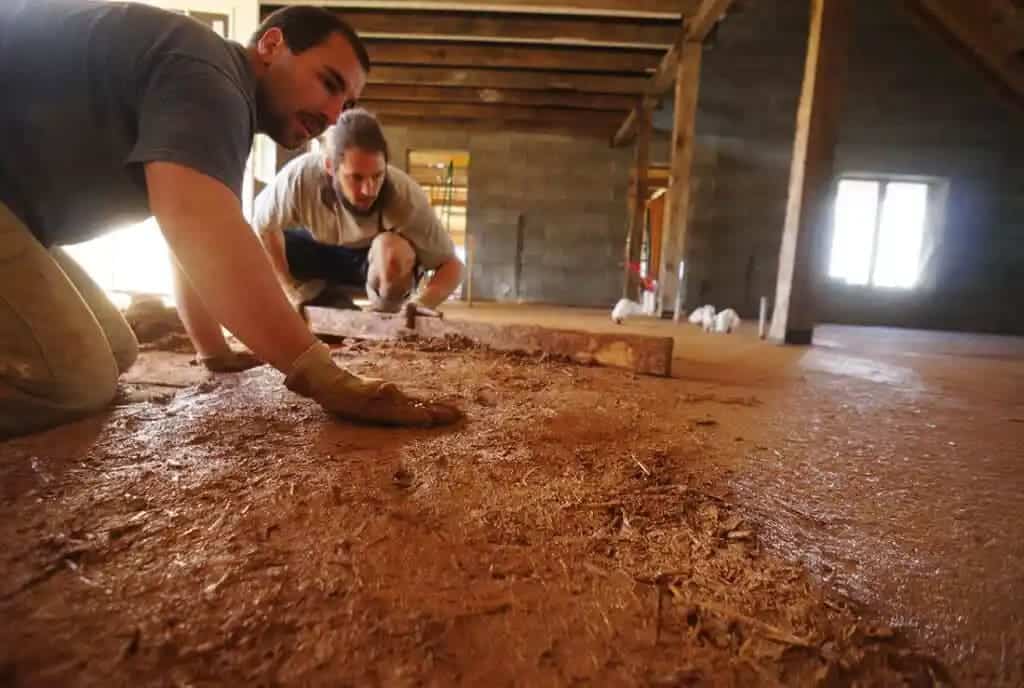Introduction:
In a world where modern construction materials dominate the housing landscape, mud floor houses stand as a testament to tradition and sustainability. Found in various cultures around the globe, these humble dwellings offer more than just shelter; they provide a connection to the earth and a sense of rootedness that is increasingly rare in today’s fast-paced society. In this article, we’ll explore the enduring allure and practical advantages of mud floor houses, from their eco-friendly nature to their ability to foster a deeper connection with nature and community.
The History and Cultural Significance:
Mud floor houses have a rich history dating back thousands of years. Across continents and cultures, from Africa to Asia and the Americas, mud has been used as a building material due to its abundance, affordability, and thermal properties. In many indigenous communities, building a mud house is a communal effort, symbolizing cooperation and unity among the inhabitants.
The Construction Process: Building a mud floor house is a labor-intensive but rewarding endeavor. The process typically begins with gathering locally available materials such as clay-rich soil, straw or grass, and water. These ingredients are mixed together to form a sturdy mud mixture, which is then applied to a foundation of stone, brick, or compacted earth. Once the walls are built, the mud floor is created by smoothing and compacting the mud mixture directly onto the ground, resulting in a durable and insulating surface.
The Advantages of Mud Floor Houses:
- Sustainability: Mud is a renewable and eco-friendly building material that requires minimal energy for production and construction. By utilizing locally sourced materials, mud floor houses reduce the carbon footprint associated with transportation and manufacturing.
- Thermal Regulation: Mud has excellent thermal properties, providing natural insulation that keeps the interior of the house cool in hot climates and warm in cold weather. This helps reduce the need for artificial heating and cooling systems, leading to energy savings and increased comfort for inhabitants.
- Affordability: Mud floor houses are cost-effective to build, making them accessible to communities with limited financial resources. Since mud is readily available in most regions, the primary expenses are labor and basic tools, making it an ideal option for low-income housing projects.
- Connection to Nature: Living in a mud floor house fosters a deeper connection to the natural environment. The earthy scent of mud, the texture of the walls beneath your fingertips, and the sight of sunlight filtering through the thatched roof create a sensory experience that is unparalleled in modern construction.
- Cultural Preservation: Building and living in mud floor houses preserve cultural traditions and knowledge passed down through generations. In a world increasingly homogenized by globalization, these traditional dwellings serve as tangible reminders of a community’s identity and heritage.
Maintenance and Care:
While mud floor houses offer many benefits, they do require regular maintenance to ensure their longevity and structural integrity. Simple tasks such as reapplying mud plaster to the walls, repairing cracks, and resealing the roof with thatch or clay help protect the house from water damage and erosion. Additionally, periodic inspections for termites and other pests are essential to prevent infestations.
Conclusion:
Mud floor houses embody the timeless wisdom of sustainable living and harmonious coexistence with nature. Beyond their practical advantages, these humble dwellings serve as symbols of resilience, community, and cultural heritage. By embracing the tradition of mud construction, we not only build houses but also forge connections—to the earth, to our ancestors, and to each other—that transcend the boundaries of time and space. So, let us celebrate the enduring appeal of mud floor houses and honor the wisdom of those who came before us.





